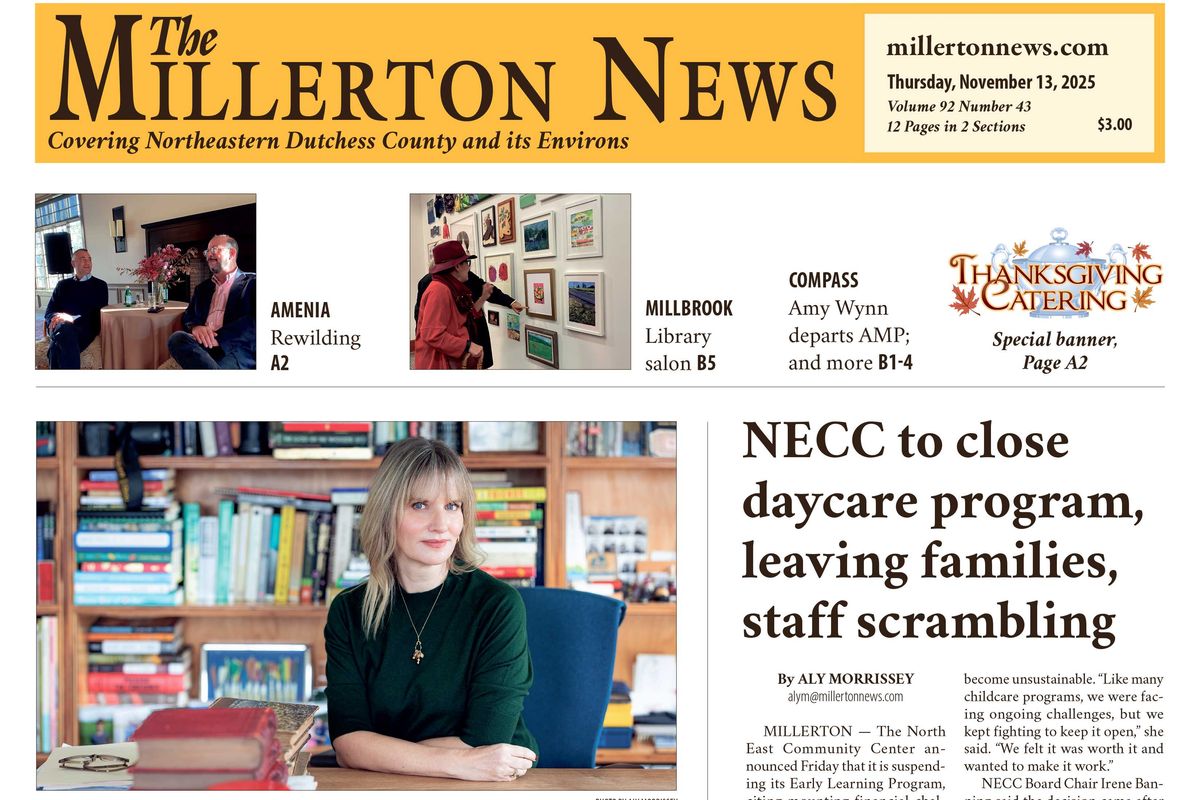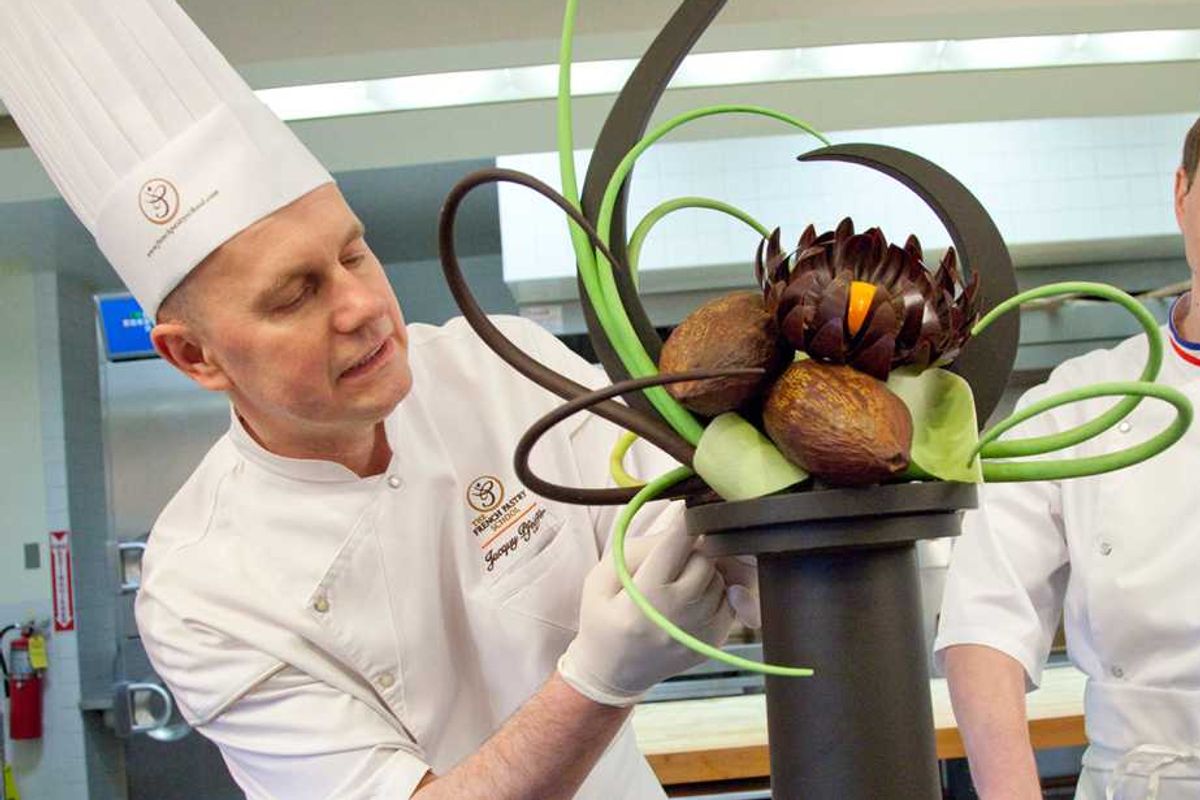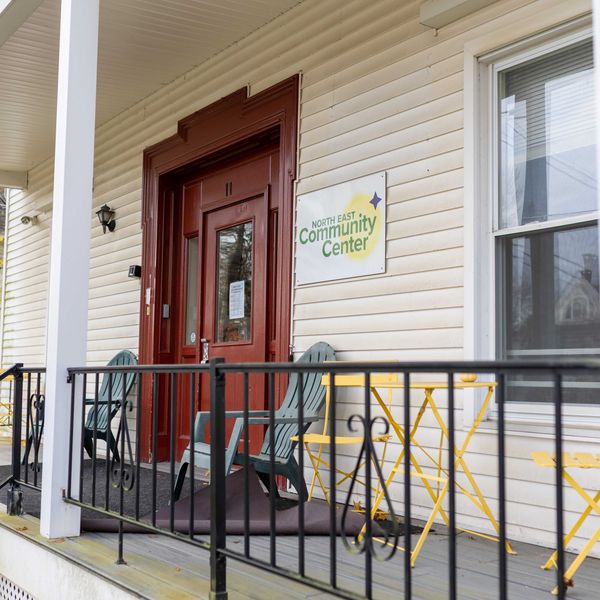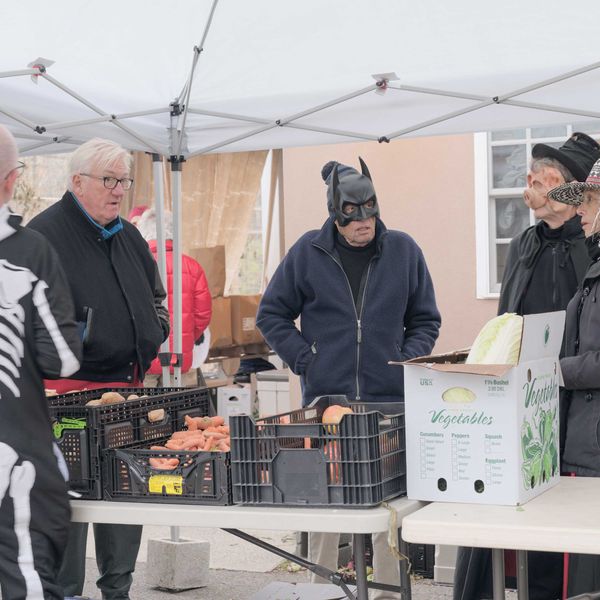Dear EarthTalk: How will global warming change the distribution of trees across the continental U.S.? Which types of trees and forests are most at risk? — Mike Powers, Golden, Colo.
It’s true that climate change is already affecting tree distribution and forest cover in the United States (as well as everywhere), but only time will tell which tree species are most successful at adapting and whether we will lose significant amounts of forest cover overall.
“A walk in the woods or a stroll on a tree-lined street could be a very different experience just a few decades from now,” says U.S. Forest Service researcher Stephanie Worley Firley. “Higher temperatures, altered precipitation patterns and longer growing seasons predicted for the future could require that some tree species will have to move — or be moved — into new areas where habitat will be more suitable.” She adds that some tree species may be able to stay in place by adapting to new conditions, but many others are unlikely to be able to adapt and “may succumb to the pressures of climate change.”
One example of an iconic tree species that is already suffering from the effects of climate change is the Quaking Aspen, the most widely distributed tree species in North America. Given their shallow root systems, aspens are particularly sensitive to drought; warmer, drier weather overall as a result of global warming means more drought and more trouble for the trees moving forward. Researchers worry that aspens may be gone from the southern (and driest) band of its range within decades, and foresee drastic declines in the tree’s overall distribution as temperatures inch up, drought pervades and forest fires rage throughout the region.
Some other tree species on the ropes thanks to climate change include Sugar maple, Balsam fir, Black ash, Paper birch, White pine, Tamarack and Red spruce.
EarthTalk® is produced by Roddy Scheer & Doug Moss for the 501(C)3 nonprofit EarthTalk. See more at www.emagazine.com. Send questions to: question@earthtalk.org.




 Visitors to the American Mural Project.Sky Johnson
Visitors to the American Mural Project.Sky Johnson Sky Johnson
Sky Johnson






Which types of trees and forests are at risk?